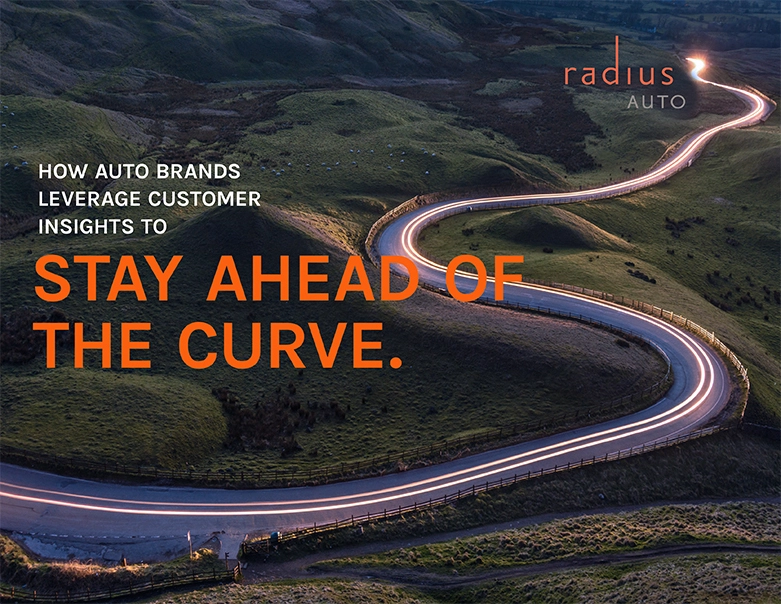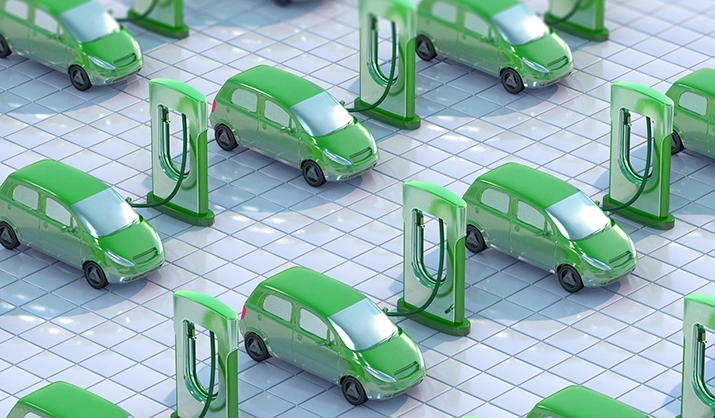The automotive industry is undergoing a shift as software-defined electric vehicles become the new norm. Although traditional European auto manufacturers have a longstanding legacy of building cutting-edge products and establishing superior brand value, the industry must now transition to meet the demands of a digitalized world. As new technologies and consumer behaviors emerge, brands must develop customer-centric strategies to remain competitive and improve customer experience.
To achieve this, automakers must invest in understanding customer needs and preferences to design desirable products. This means that the traditional consumer segmentation must adapt to the era of software-defined electric vehicles, with more detailed consumer profiles and ever more granular user profiles. Data ownership and analysis is essential for automakers to create tailored mobility solutions and engage consumers throughout the life cycle.
As new technologies and consumer behaviors emerge, brands must develop customer-centric strategies to remain competitive and improve customer experience.”
An example is Volkswagen’s partnership with Miles Mobility as a car-sharing service, which allows customers to rent electric cars on a pay-per-use basis instead of buying cars outright. This service was designed to meet the needs of consumers who are seeking a more convenient and cost-effective way to use a car. By leveraging data to understand consumer needs, Volkswagen has developed a product that meets the changing demands of its customer base.
Embed the customer journey into new car design.
In addition, automakers must build their product development strategy to reflect customer journeys and experiences. Doing so will help bring operational roles closer to the customer and enable automakers to develop products based on current customer preferences. Automakers must also be prepared to continuously update their software remotely to bring the most up-to-date functionality to customers. Renault, for example, has implemented a system called “My Renault” that automatically updates vehicle software, enabling customers to access the latest features and benefits without having to visit a dealership.
A good example of where the software-led side of automotive can lead to unintended consumer consequences was seen at Tesla in 2020. When cars were being sold on the secondhand market, there were a lot of news stories related to the brand’s switching off software packs, e.g. Full-Self Driving, when they were selling the car to another buyer — essentially enabling them to sell the software pack twice. Whether these objections were based in truth or were merely rumors is moot; the effect was that consumers connected the brand to the negative qualities of “money grubbing” and the antithesis of customer-centricity. The consequences for potential secondhand customers could have led to a halt in those customers’ consideration, interrupting the consumer journey and pushing the potential owner in the direction of another brand. This is one example of how and where the path to ownership can be interrupted.
The opposite of this — again staying with Tesla — keeps the brand saliency and attention centered on the vehicle for life. A software-led approach enables the brand to offer improvements to the features. This approach works as a useful positive reinforcement for the owner life cycle in the owner’s ongoing journey — reminding them that the brand is finding ways to improve the experience and keeping a degree of novelty. In this example, the brand can be seen to loop the ownership back to the start in an effort to keep the owner when they next renew a vehicle, rather than watching them switch to a different brand.
Research insights help automakers stay in touch with evolving customer needs.
European automakers must focus on building customer-centric strategies to remain competitive in the software-defined electric vehicle era. By using data and insights to better understand customer needs and preferences, and by building product development strategies that cover not only the physical vehicle but also the modern technological/app-based infrastructure to reflect customer journeys and experiences, auto manufacturers can meet the evolving demands of their customer base. By providing remote software updates, they can also ensure that customers have access to the most up-to-date features and benefits. By investing in customer centricity and customer journey, European automakers can maintain their legacy of superior brand value and remain competitive in the digital age.
Would you like to explore research insights concerning customer centricity?





